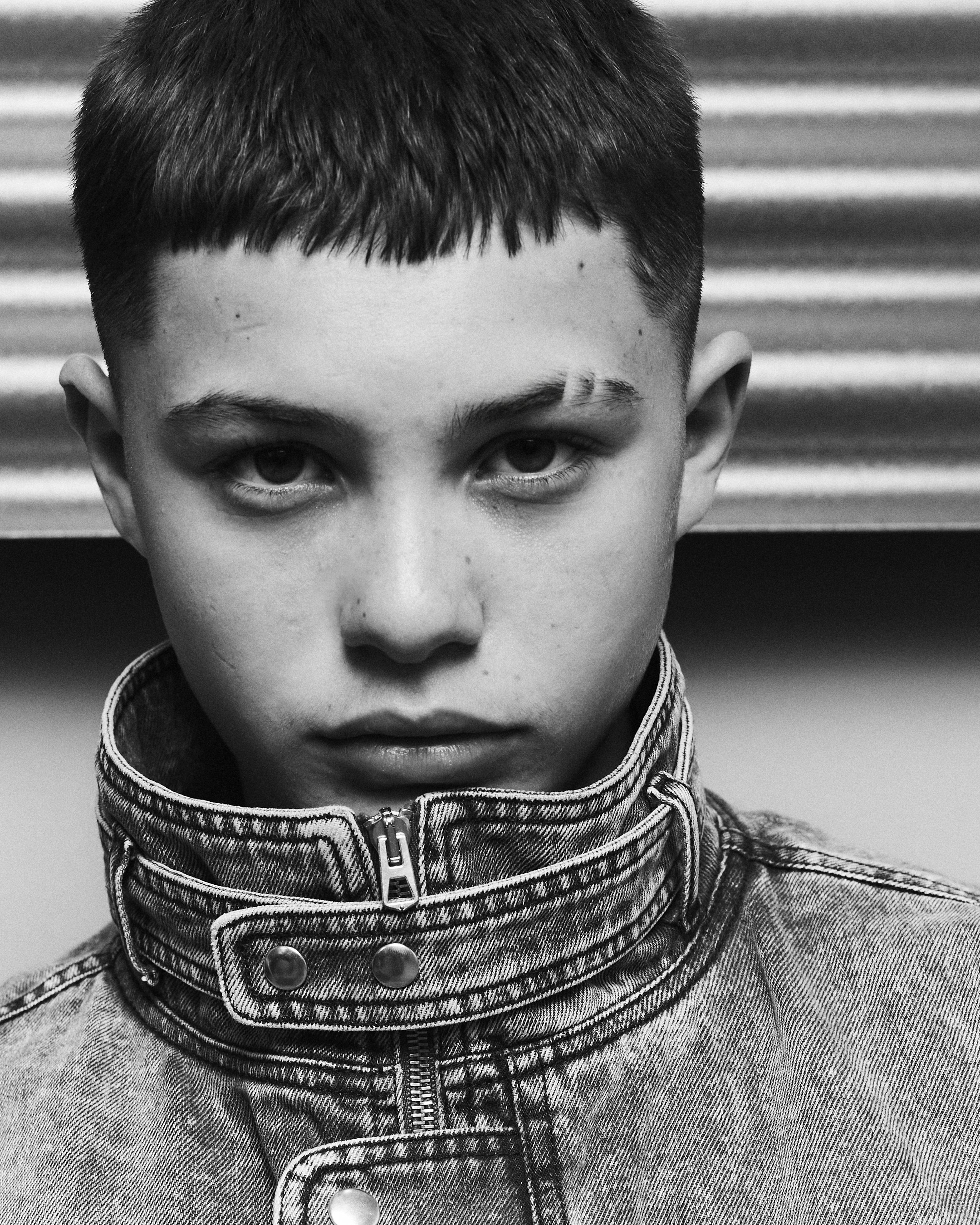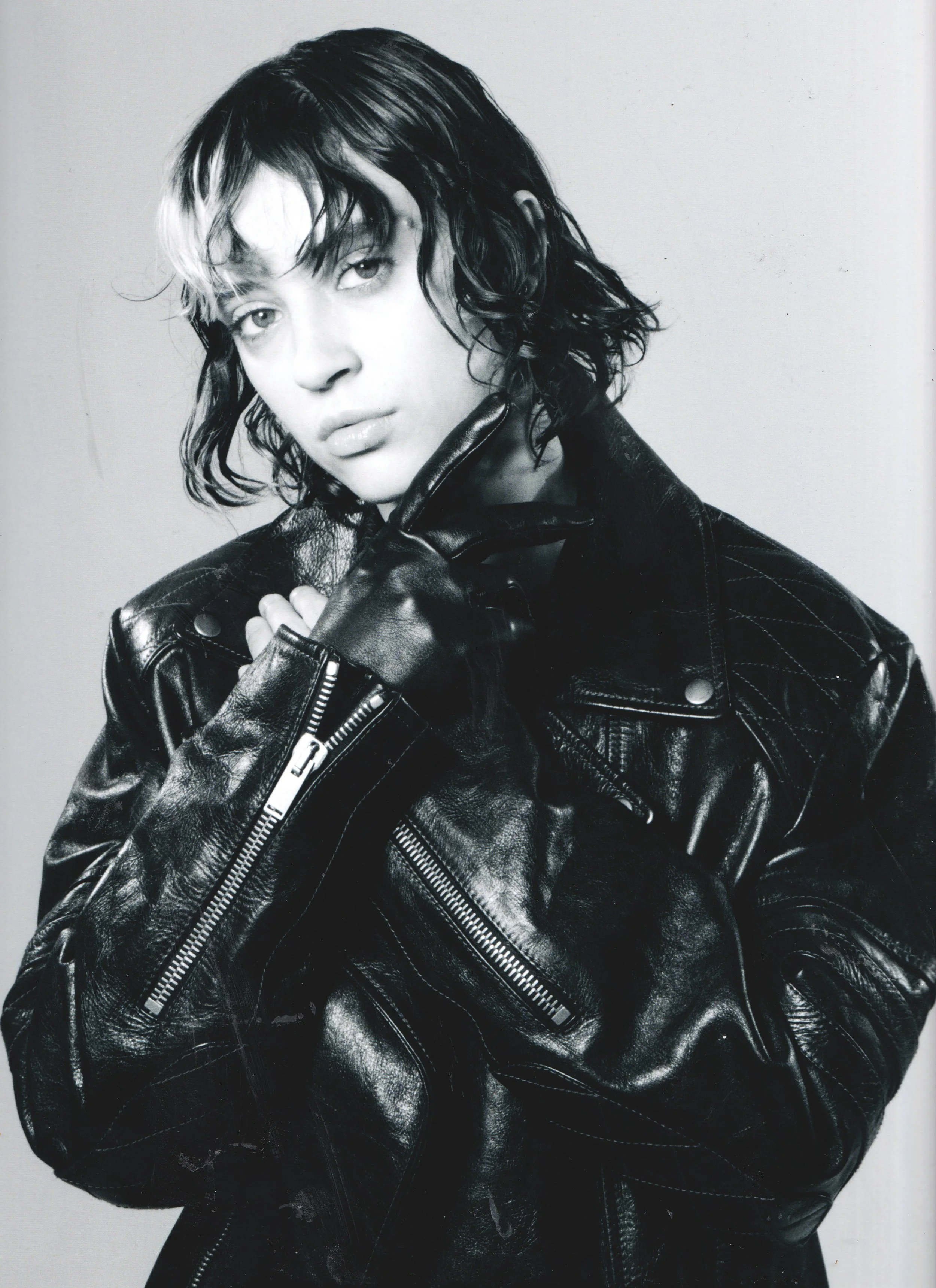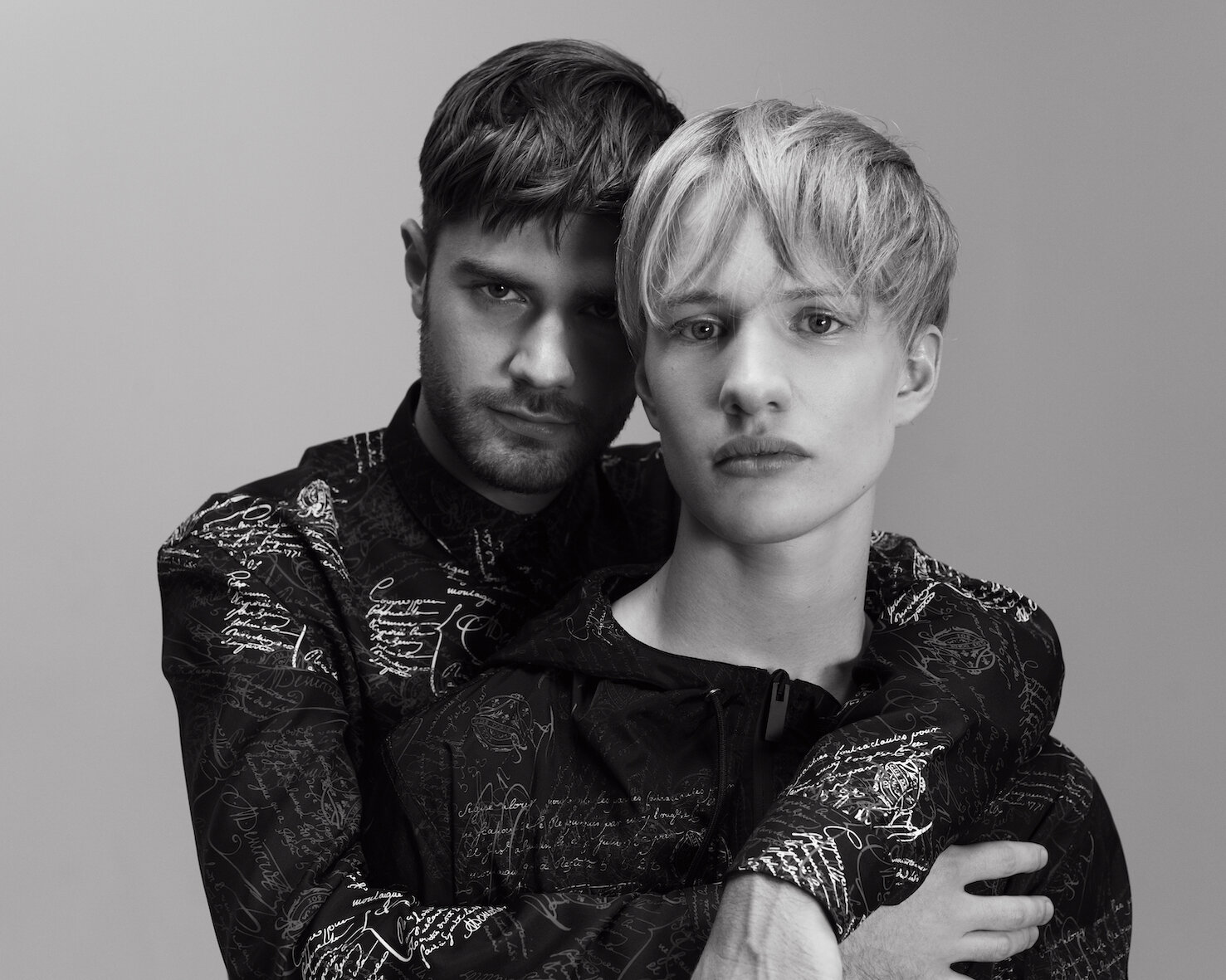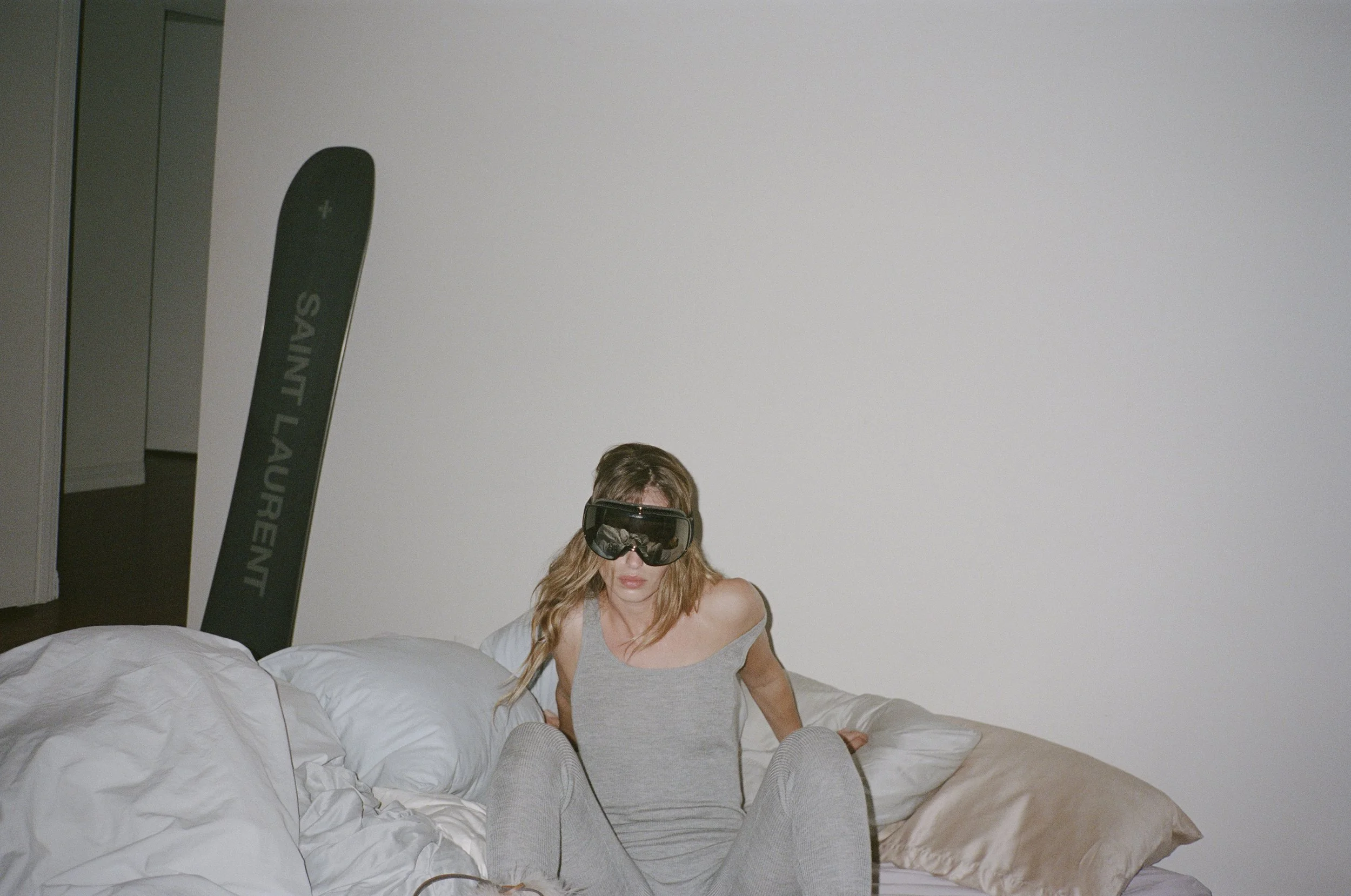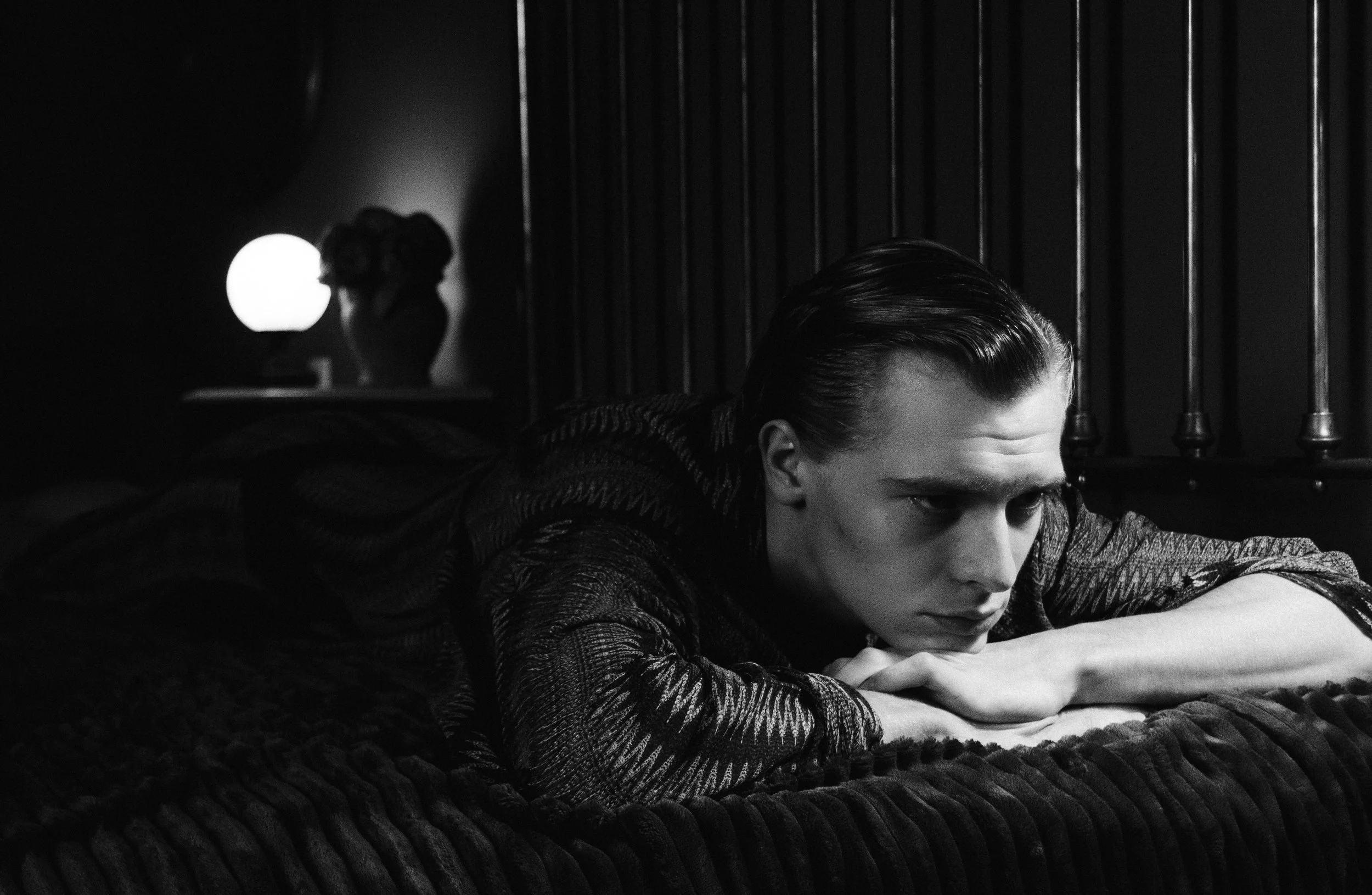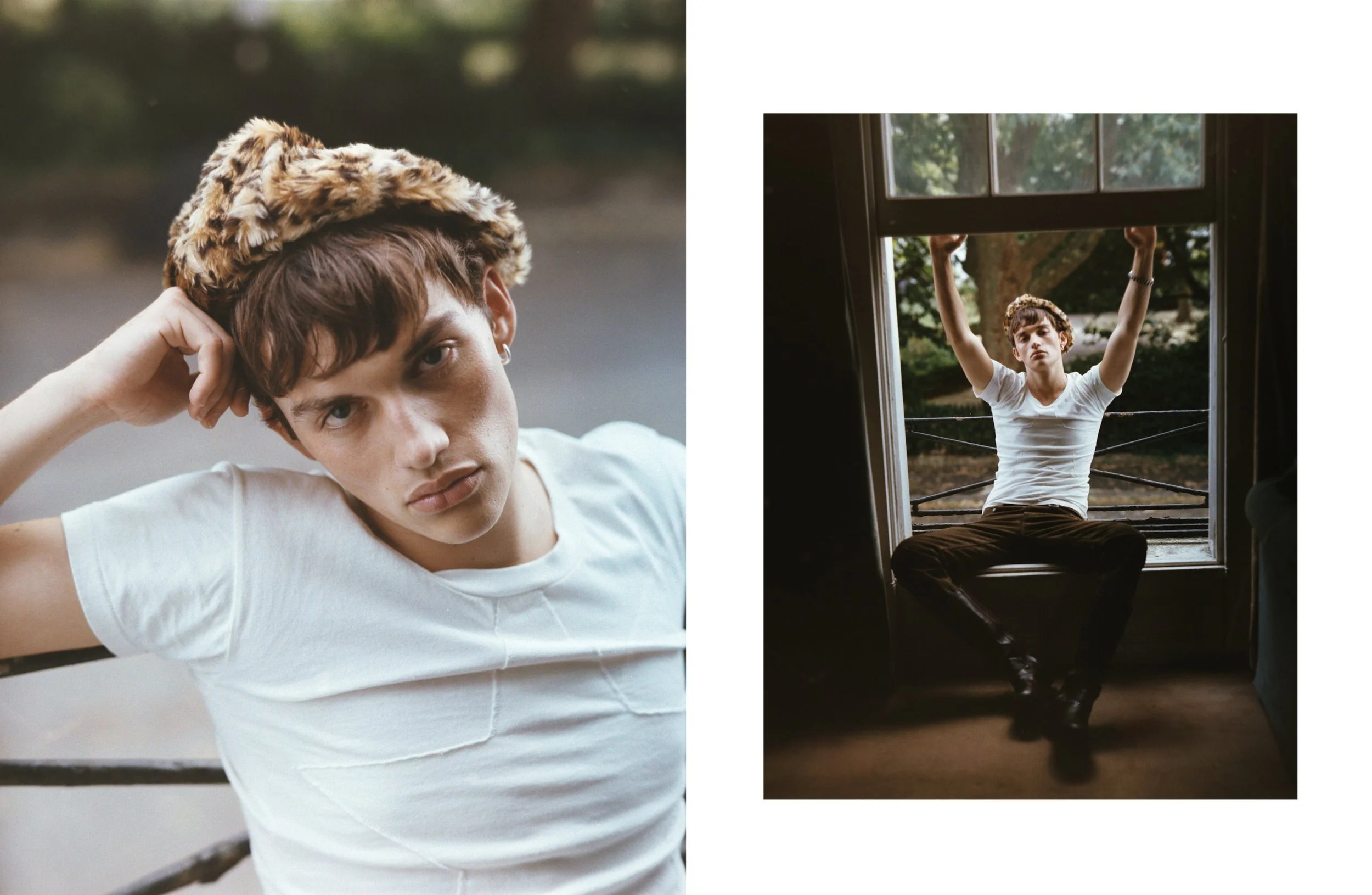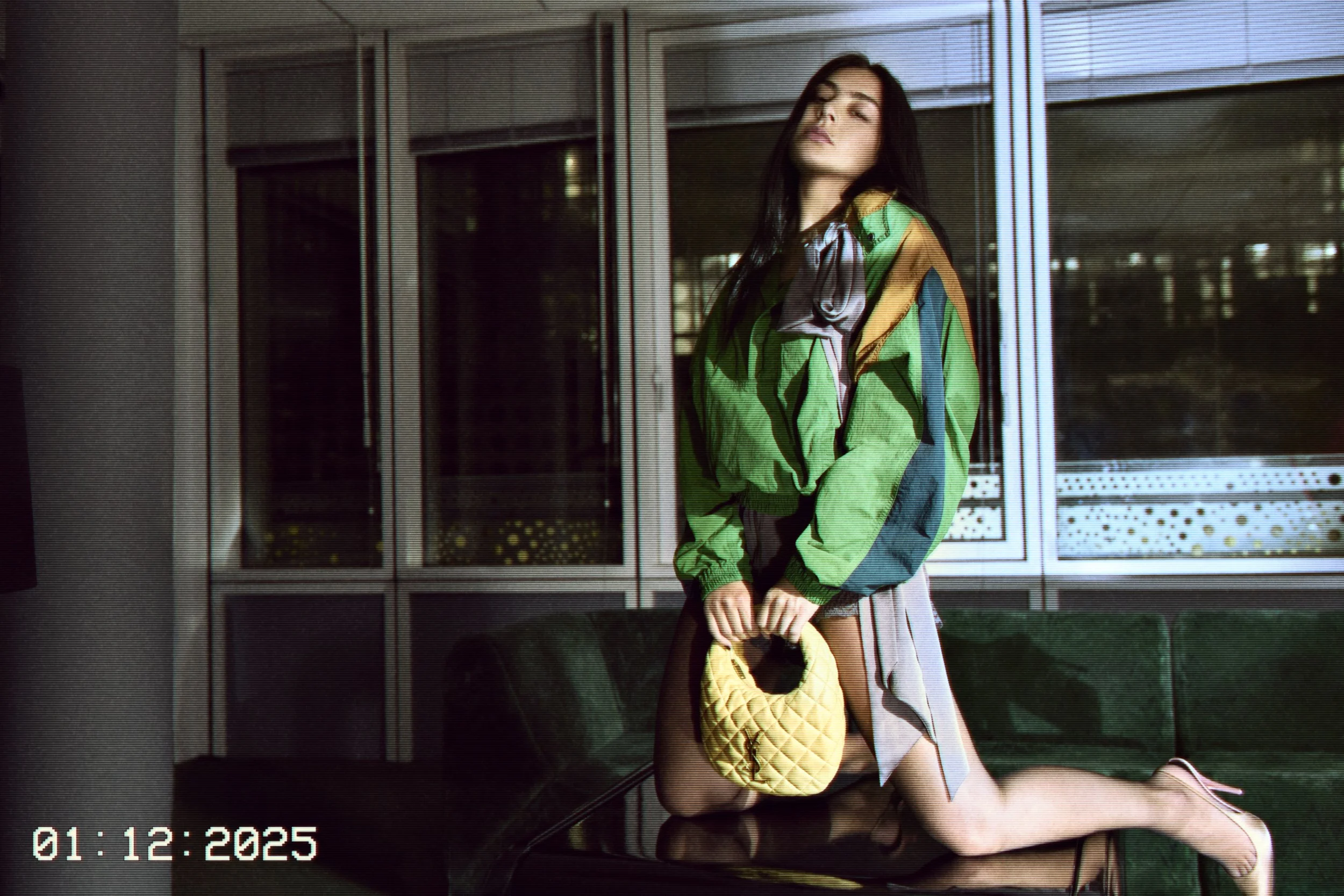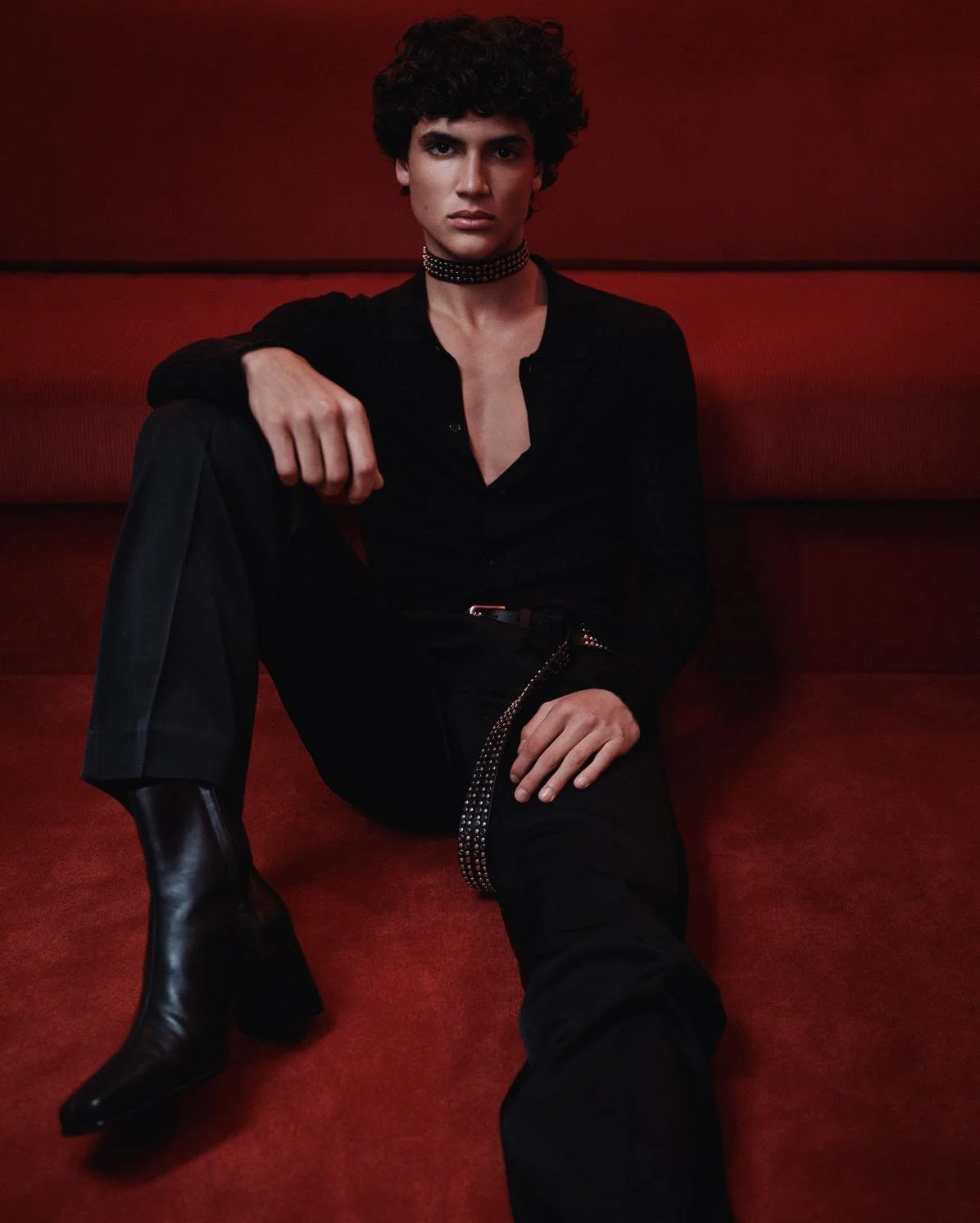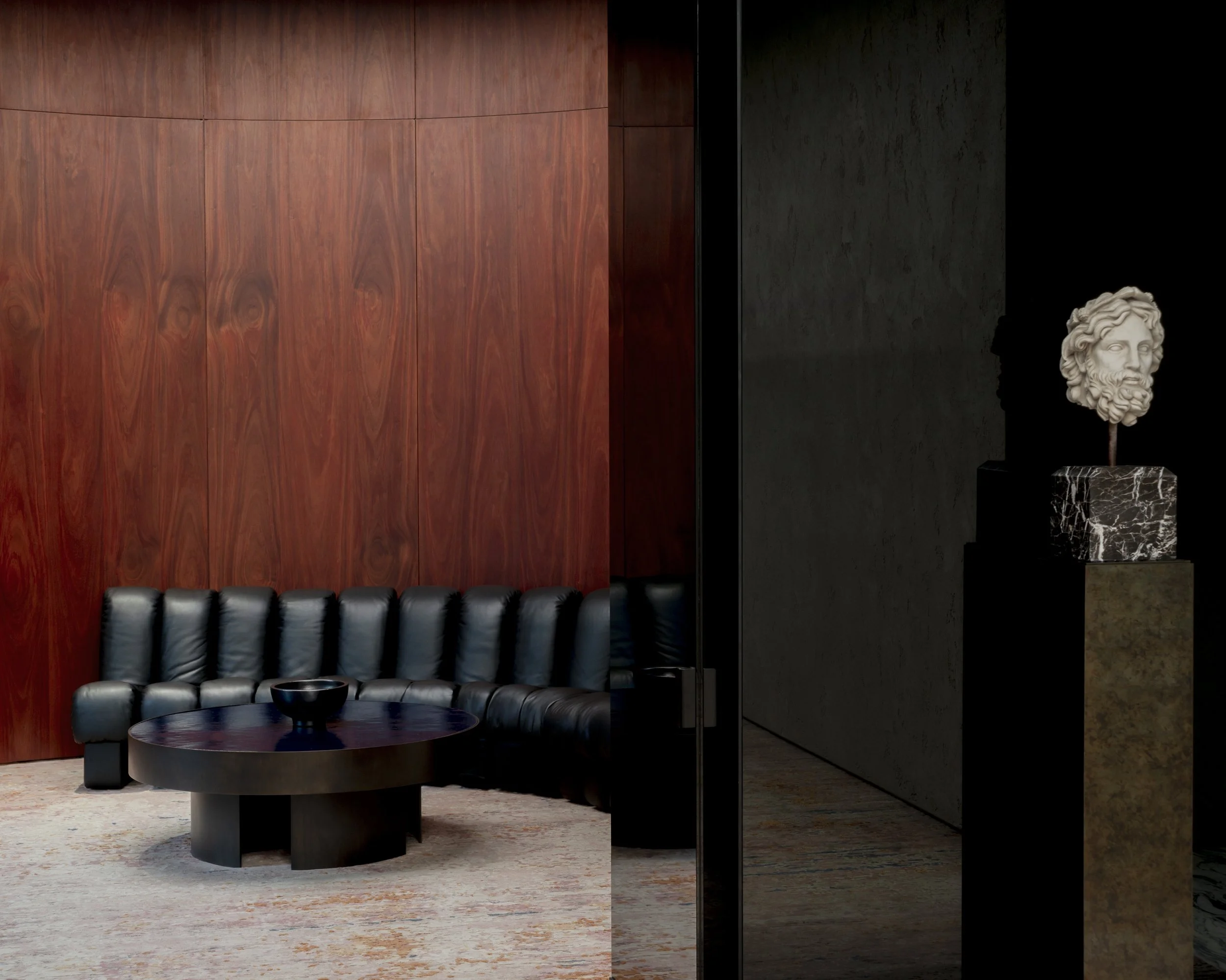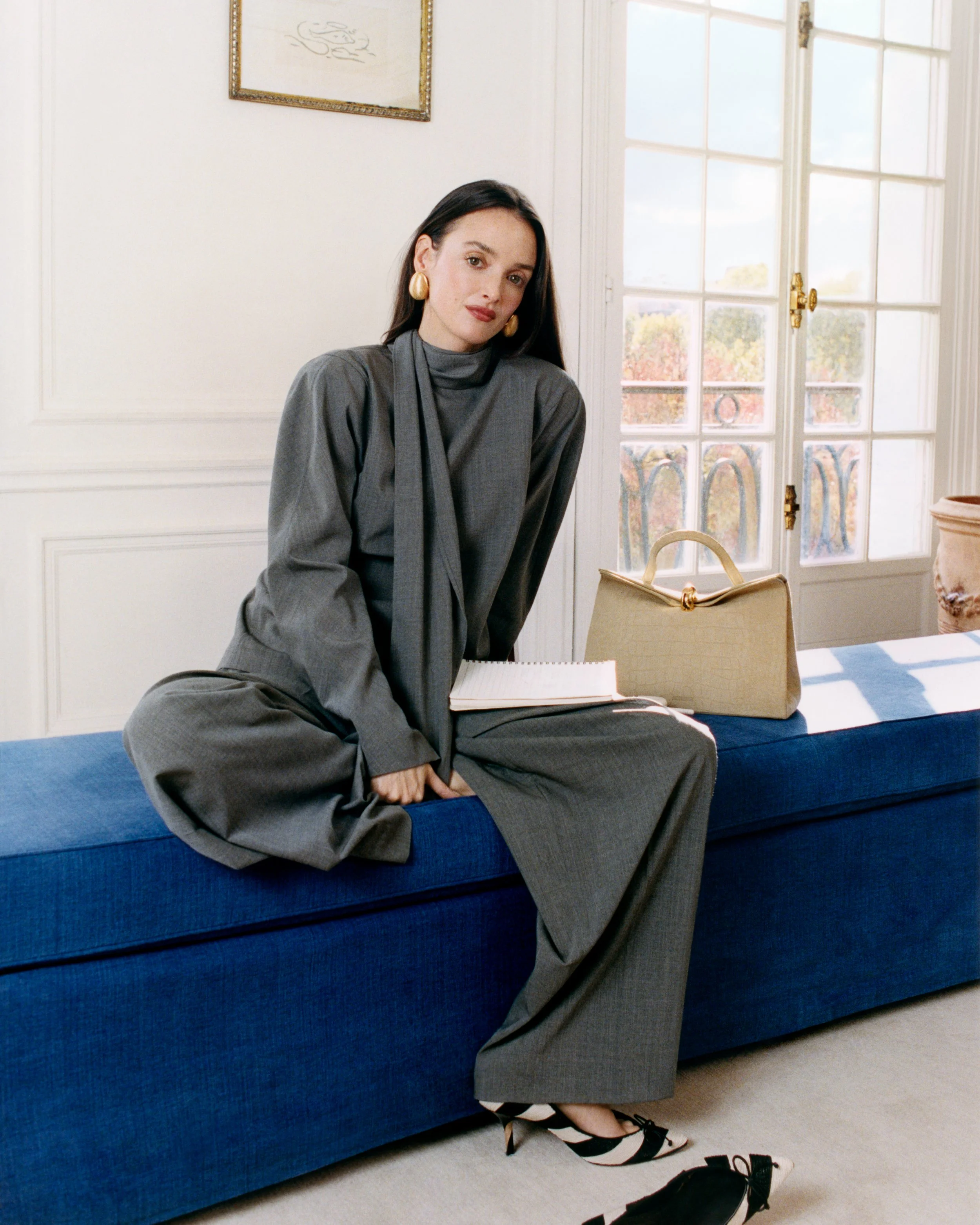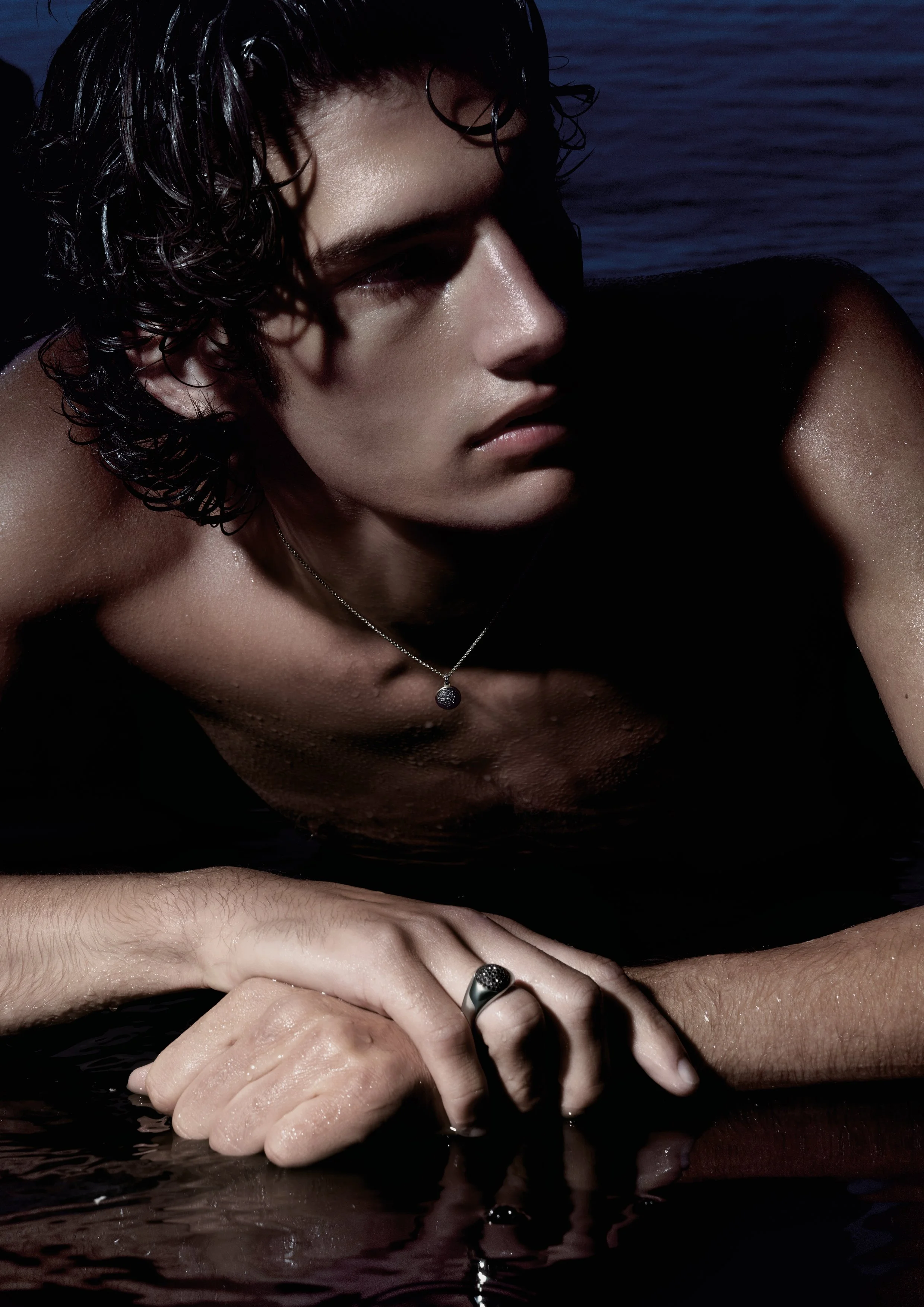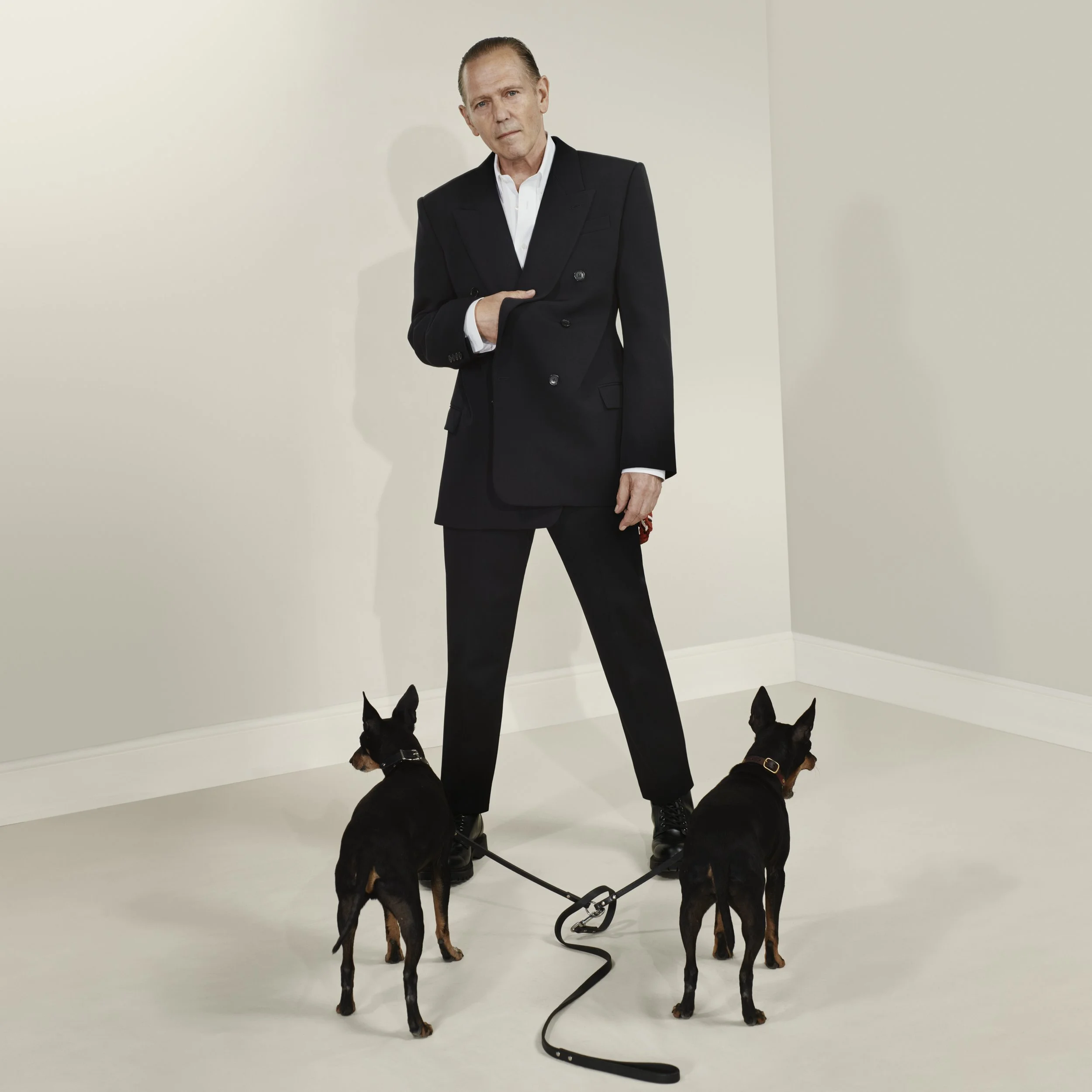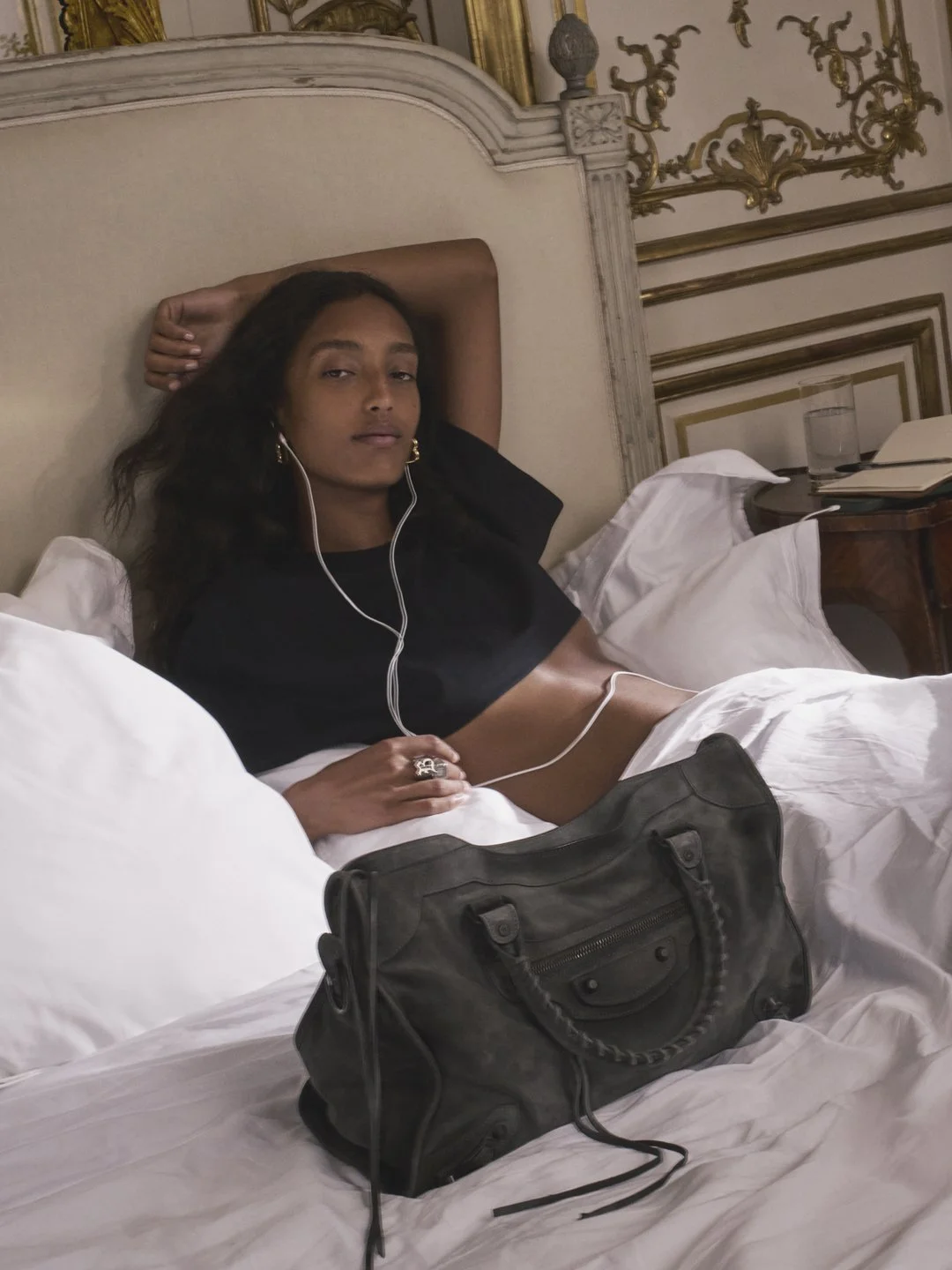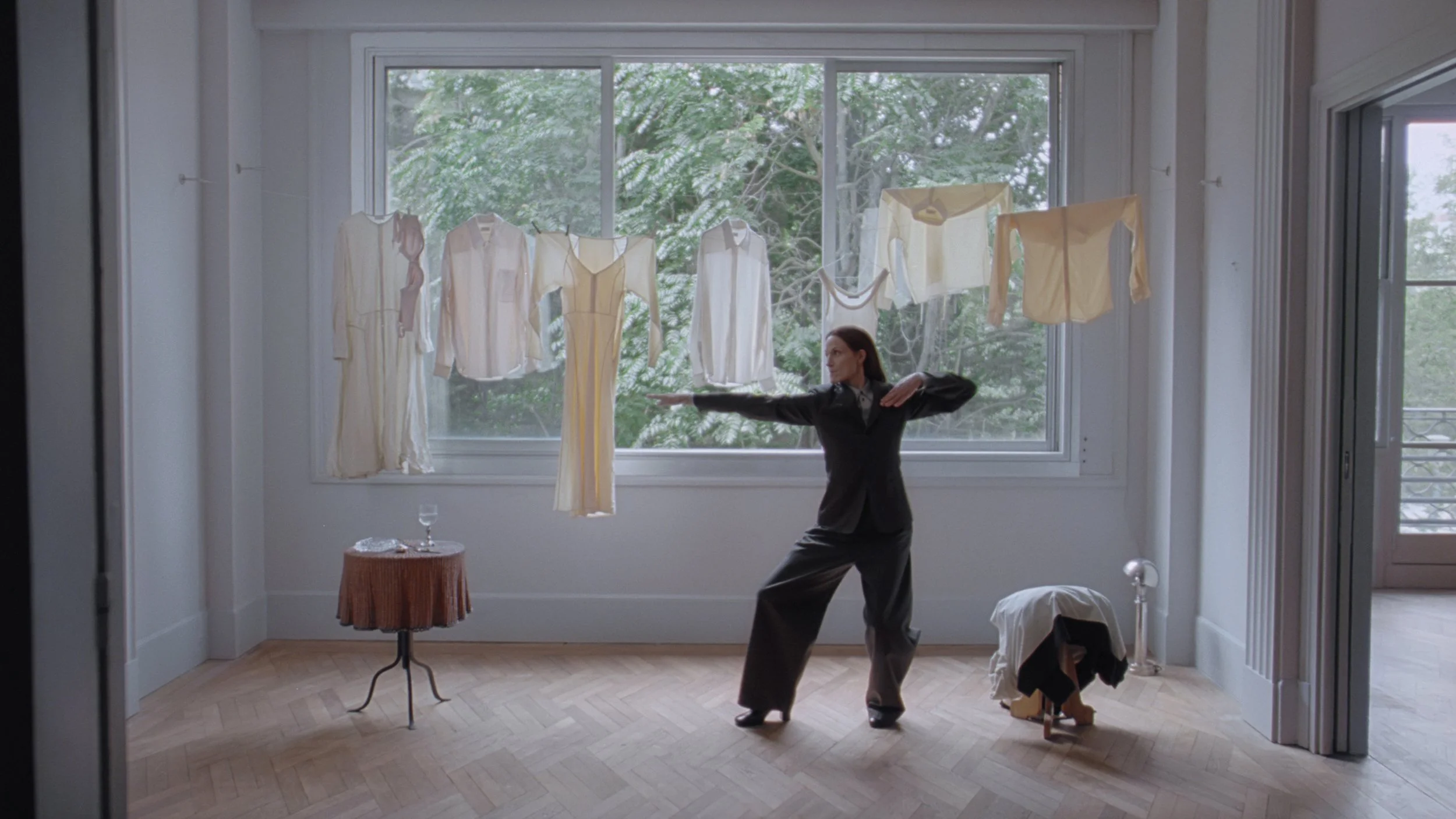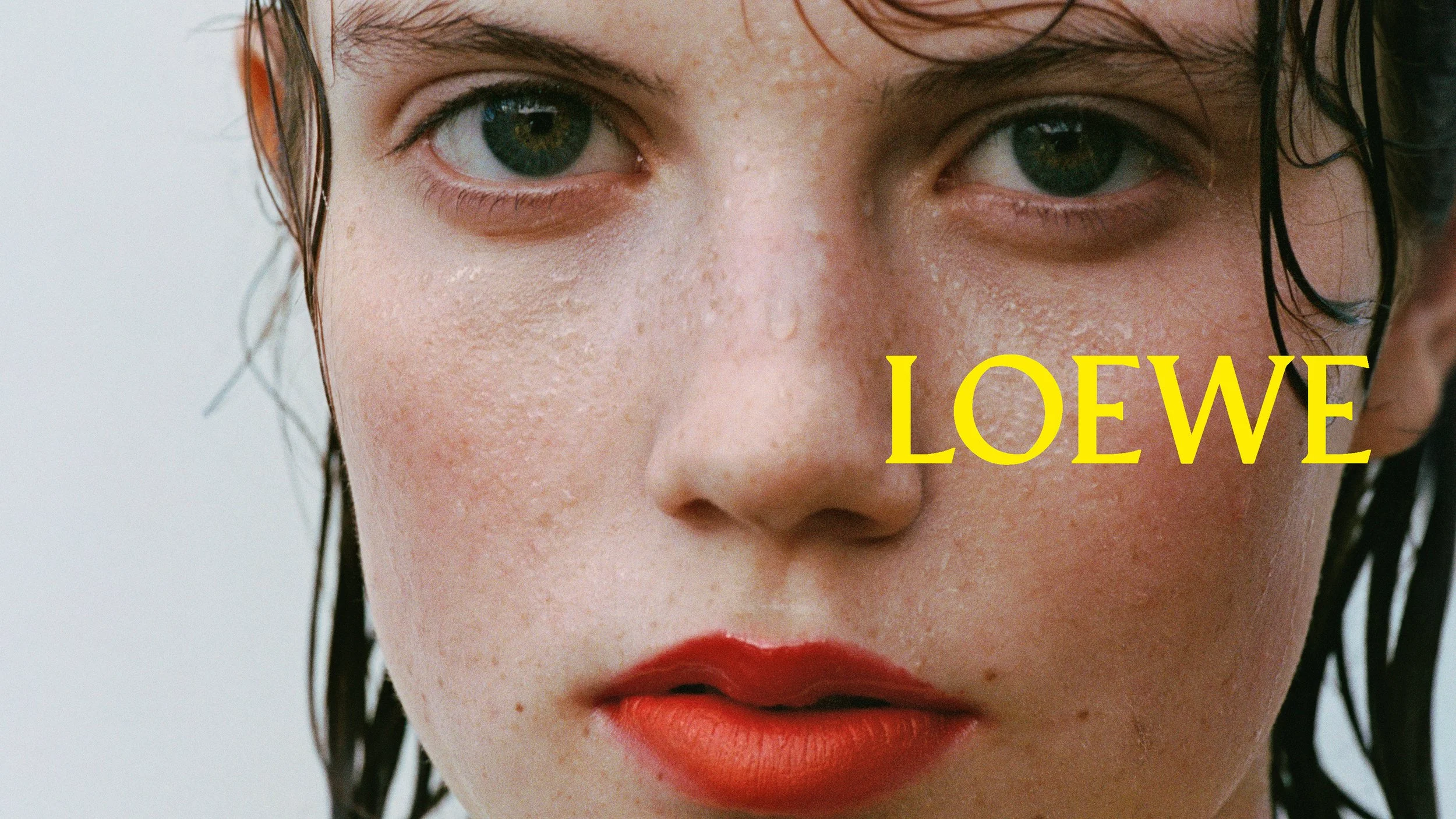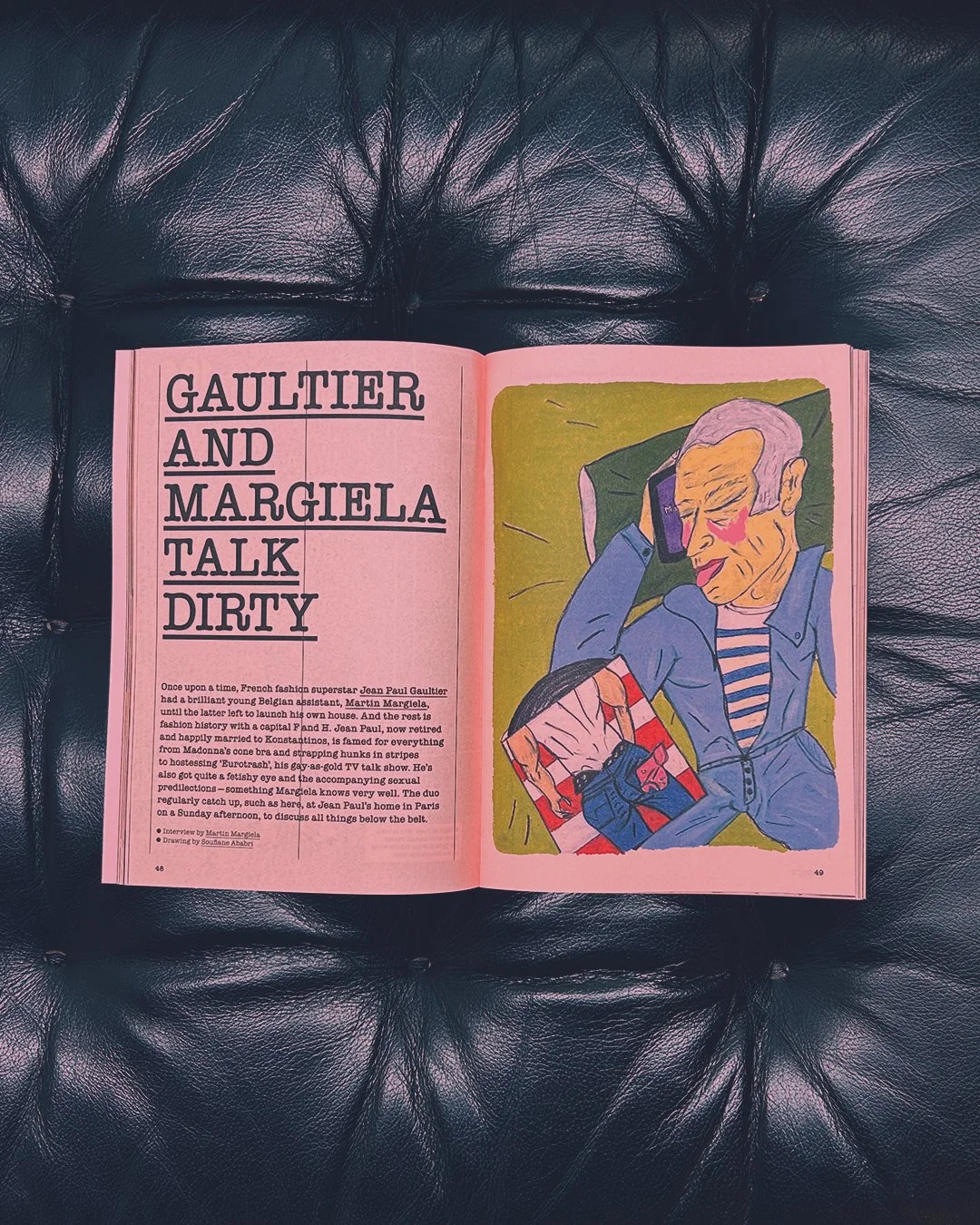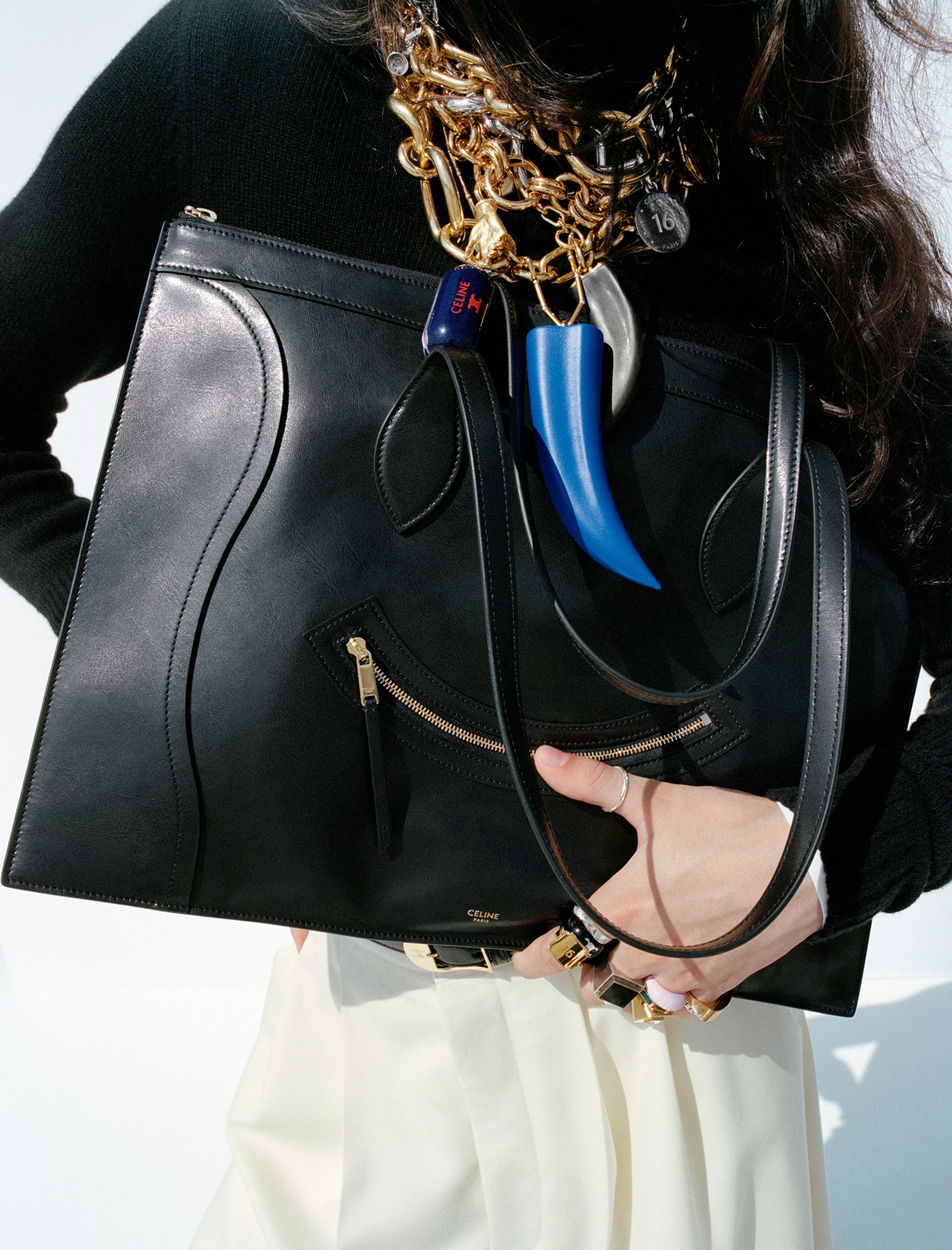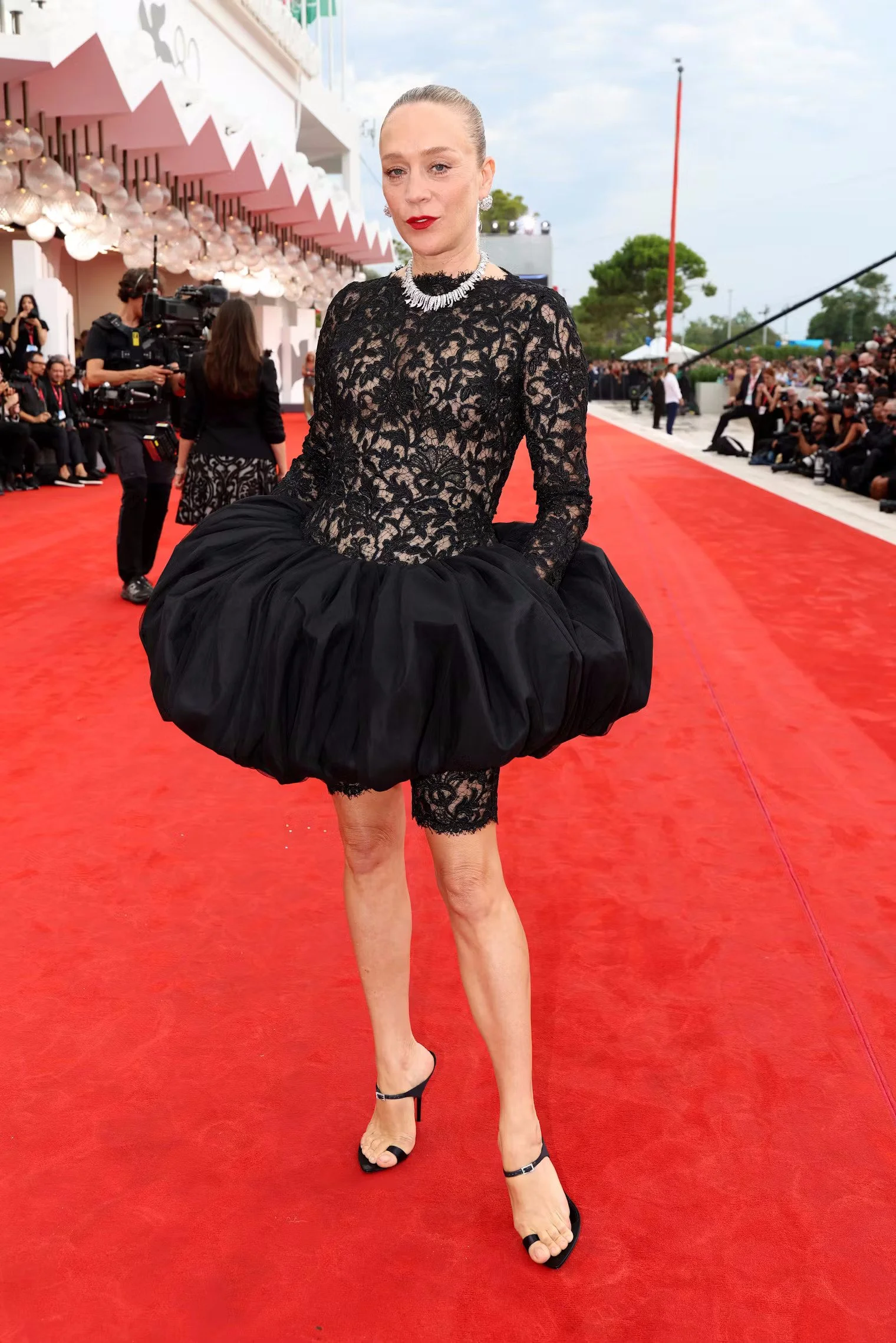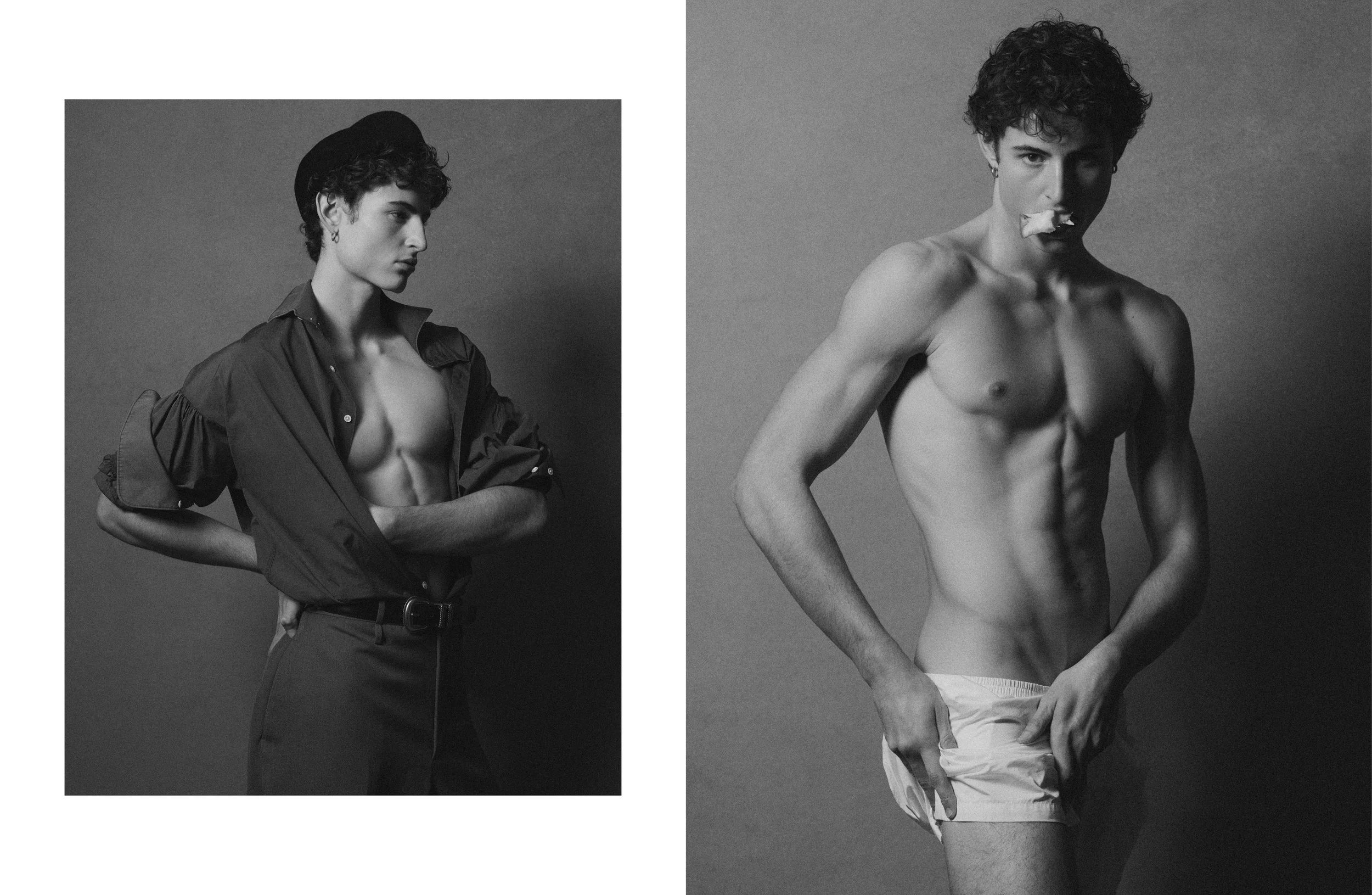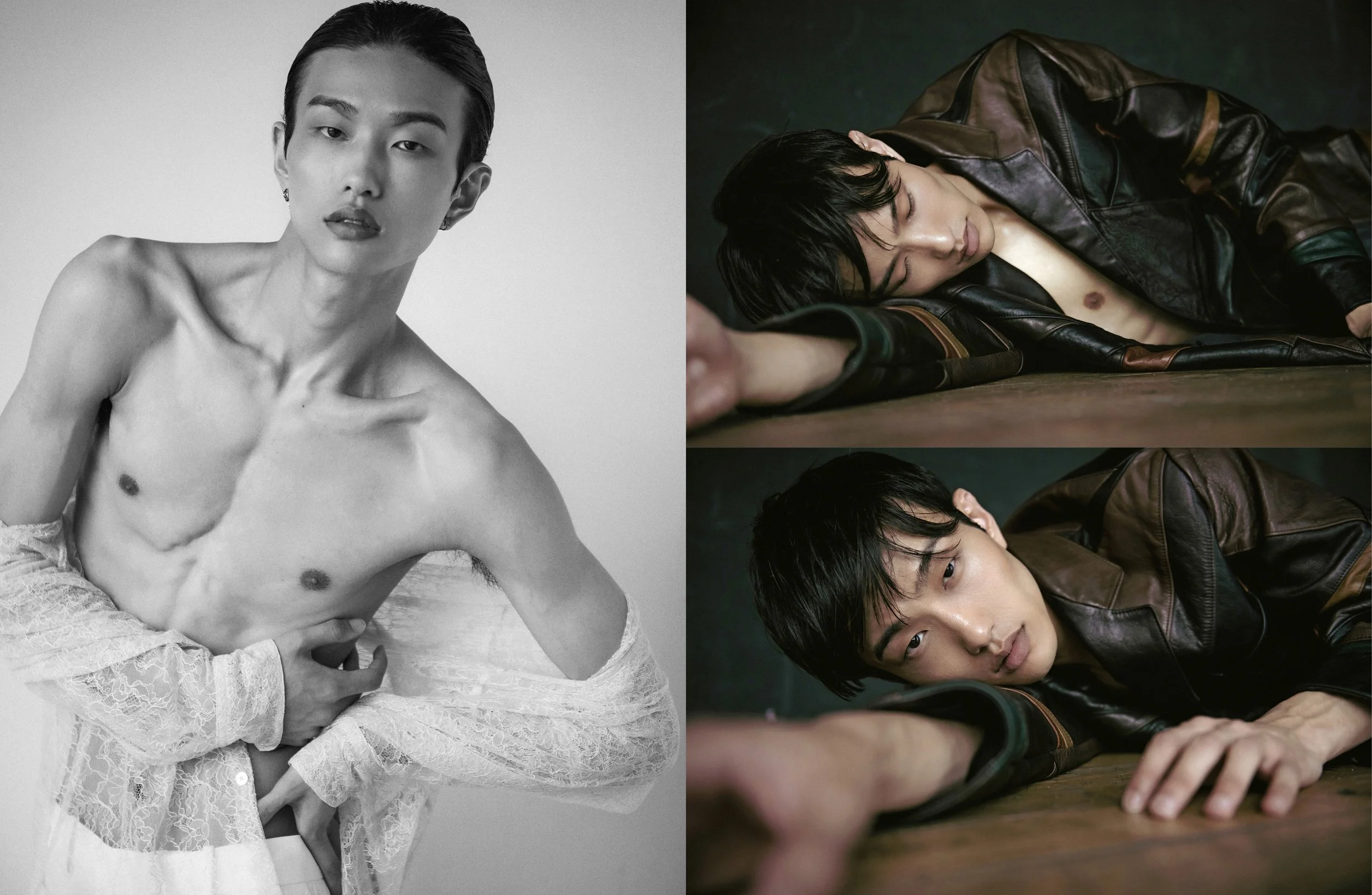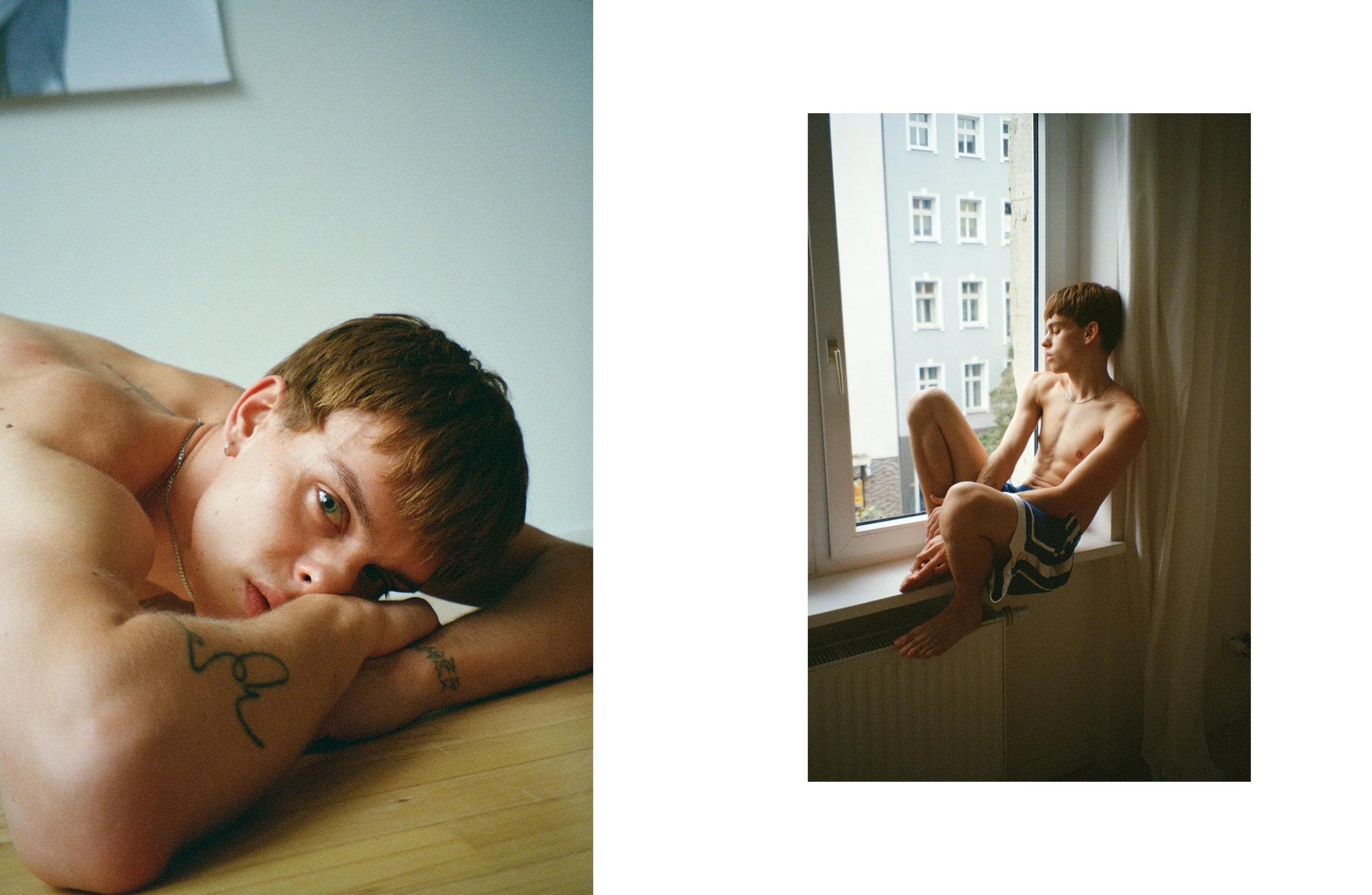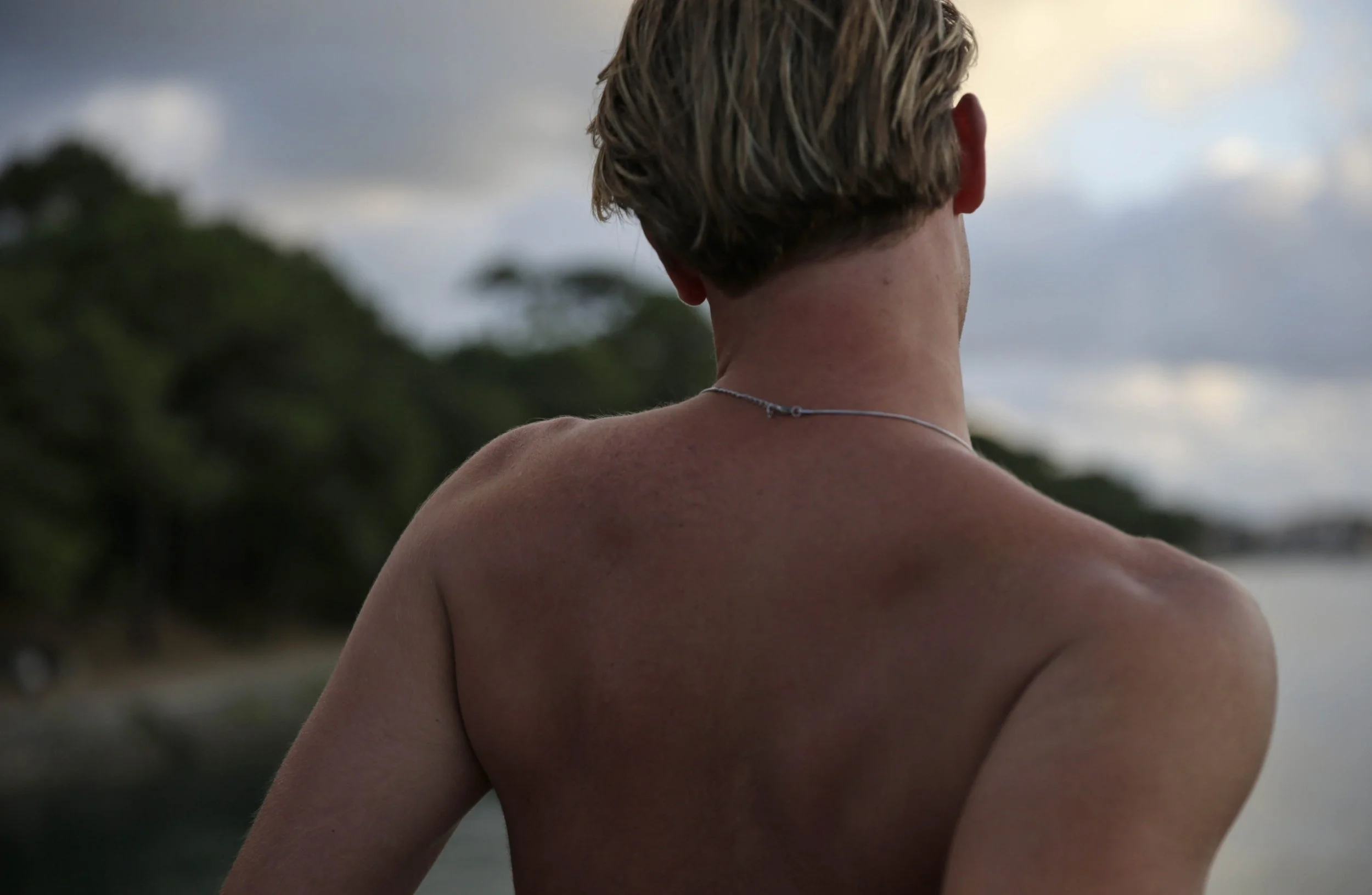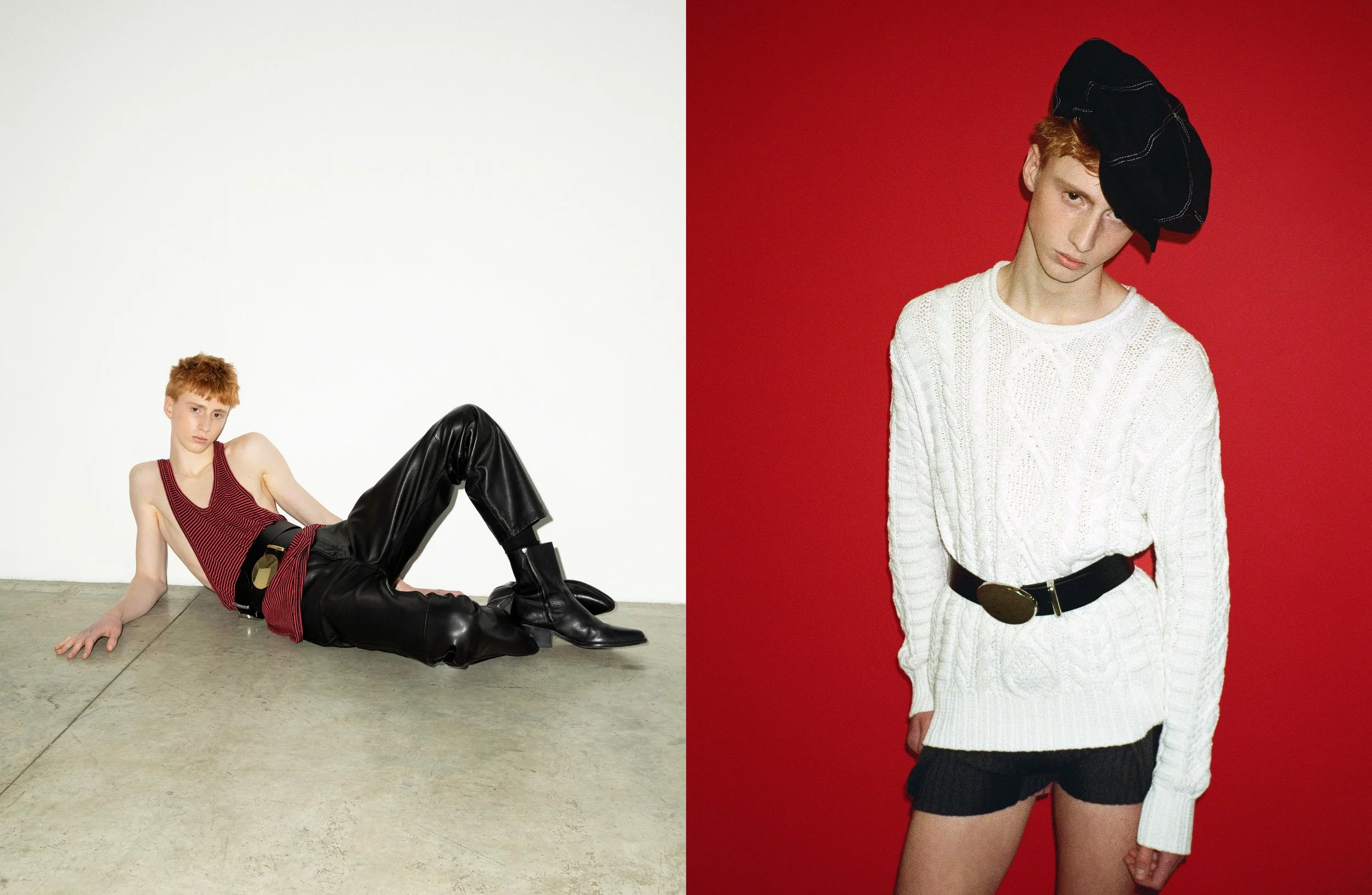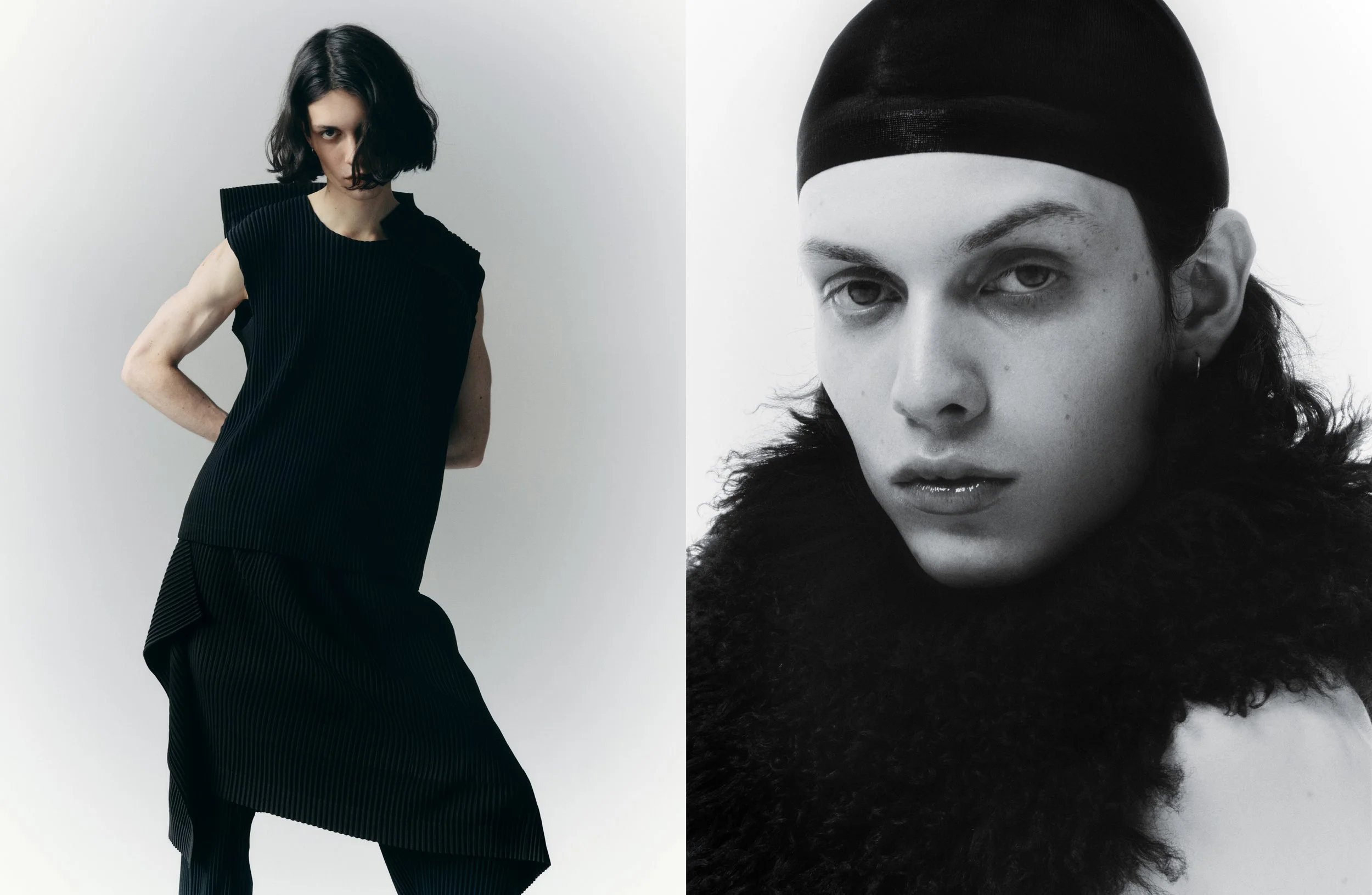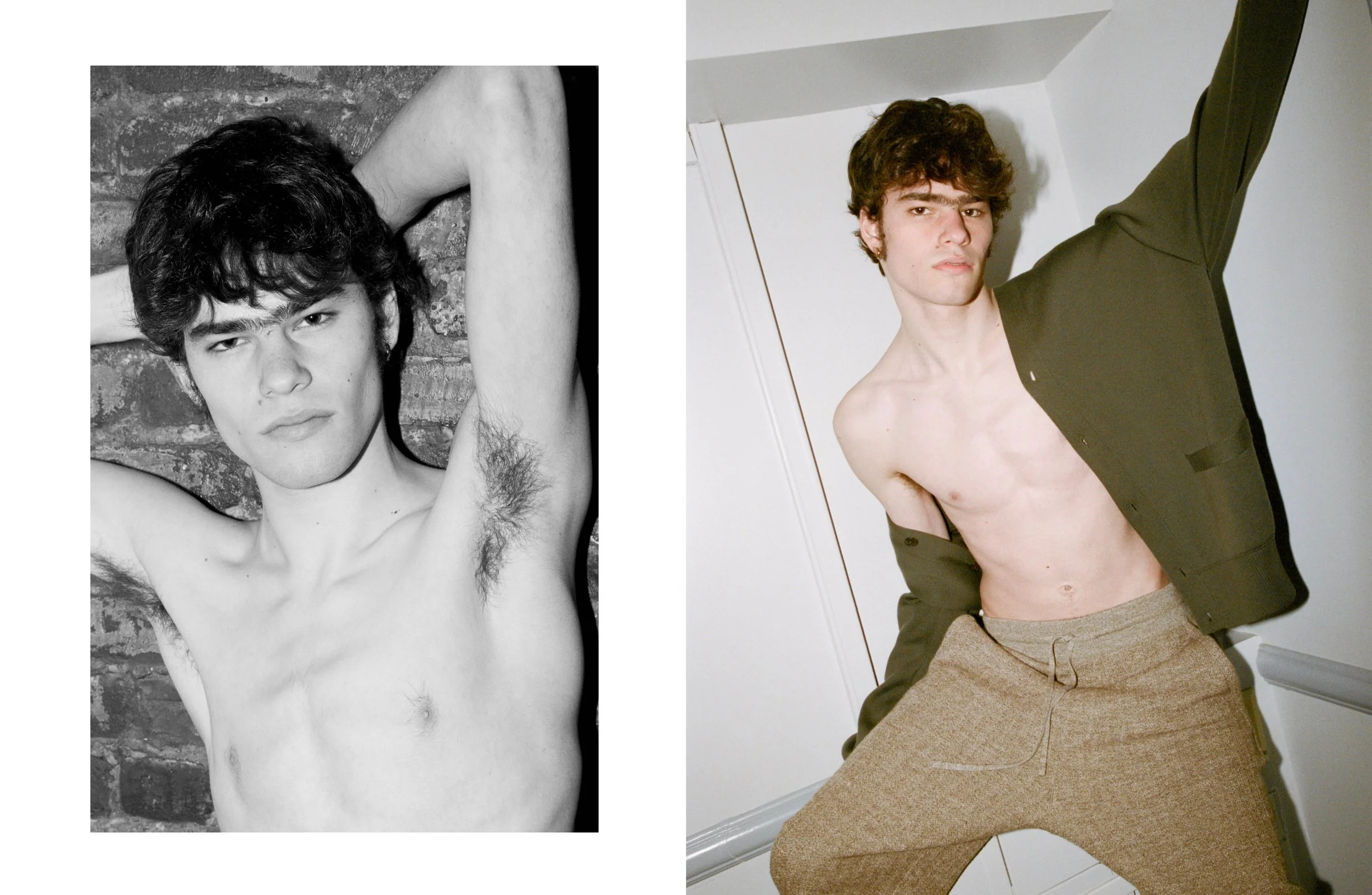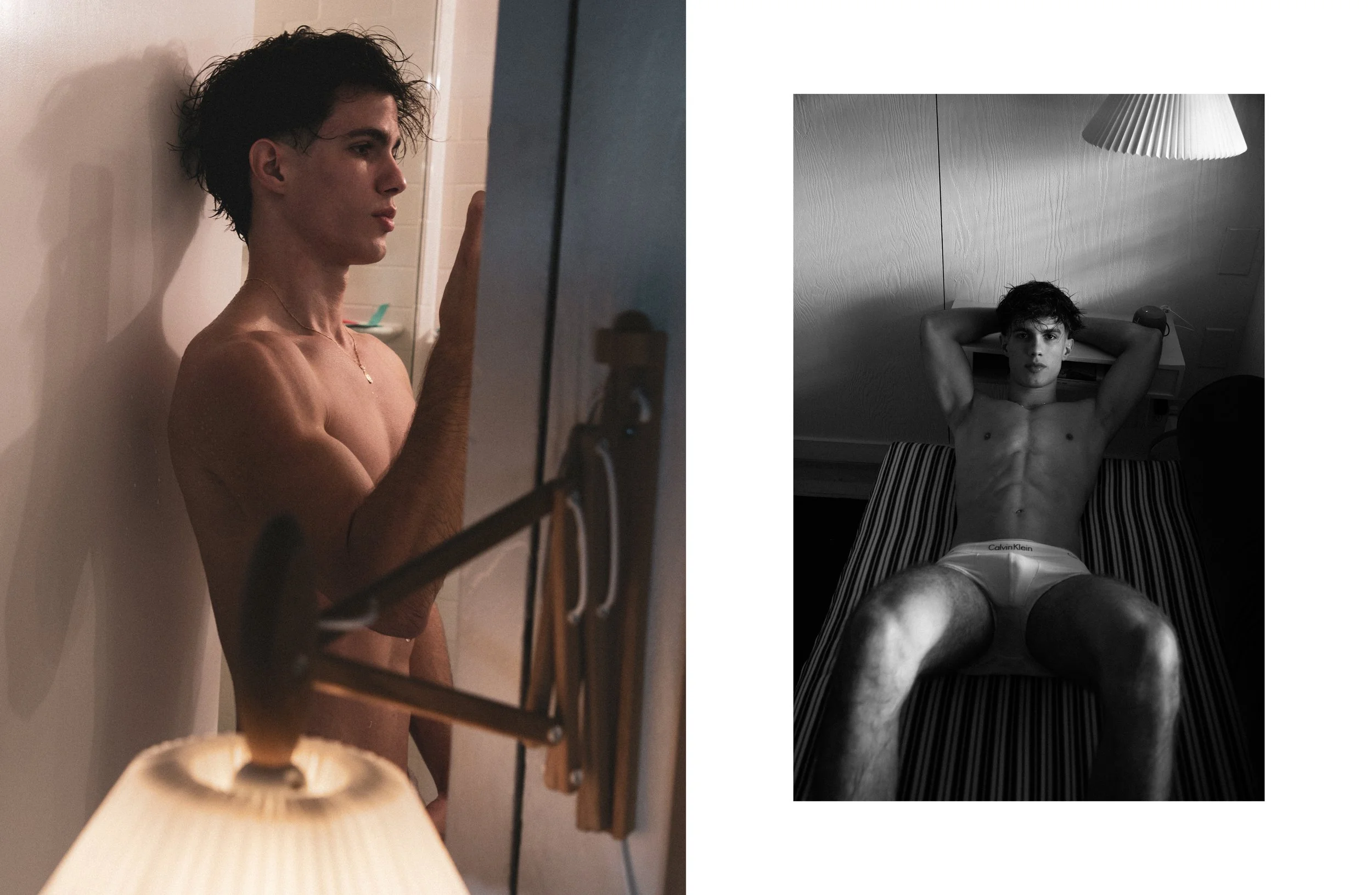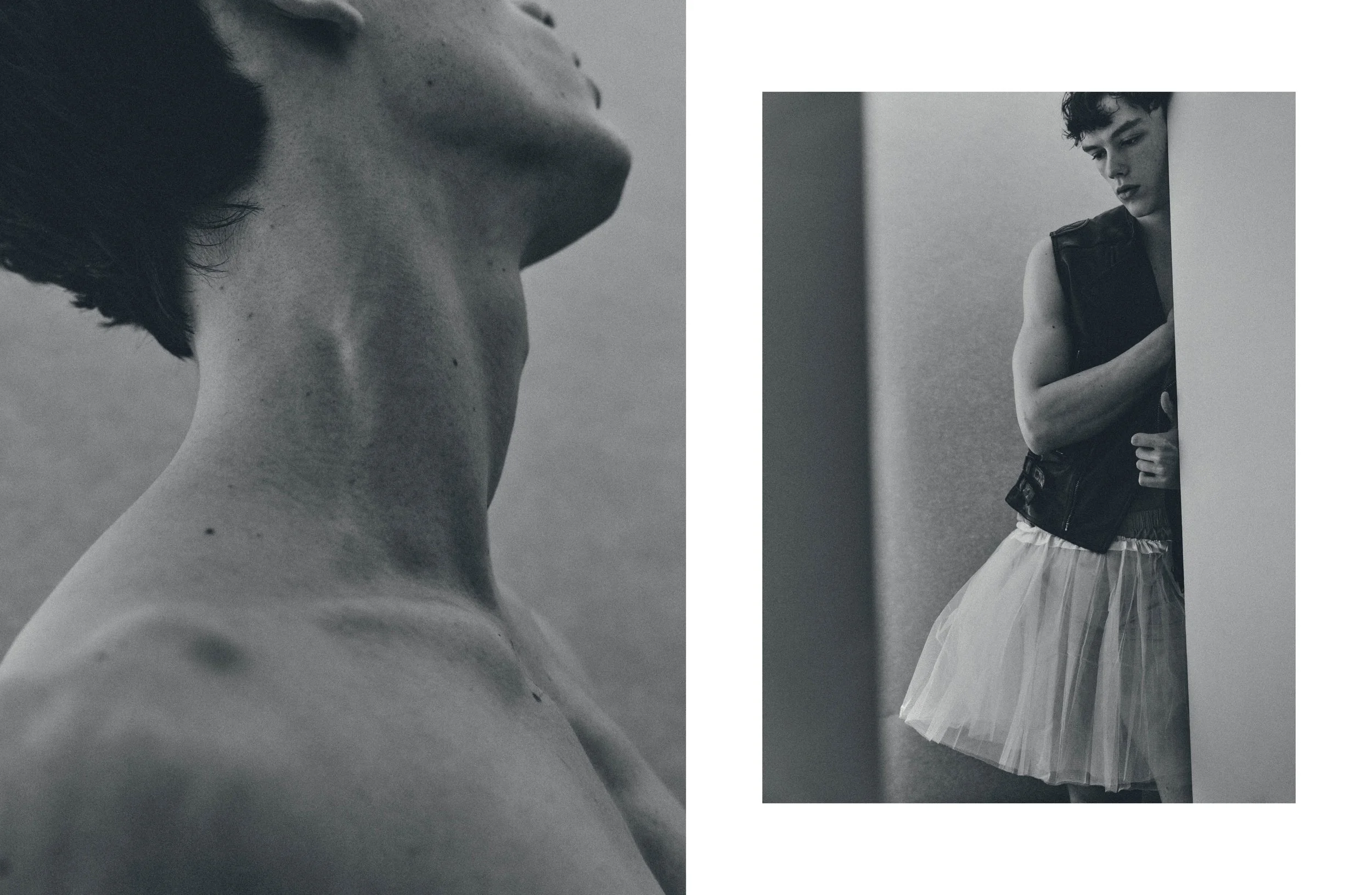God knows there’s nothing like a Prada show. The excitement of finally discovering what Miuccia Prada and Raf Simons have been conjuring up feels like Christmas (yes, we’re being hyperbolic—no, we’re not changing it). For Fall/Winter 2025, nothing’s changed. As “frumpy” outfits make their way down the runway, it feels as if we’re being handed a tightly wrapped gift, waiting to be painfully—yet happily—unwrapped.
The beauty of Prada lies in its cerebral spine. While most brands have caught on to the fact that referencing oneself is a successful formula, Miuccia Prada takes it to another level. Prada doesn’t just allude to aesthetic elements; it revisits its intellectual guidelines. It’s not just that Fall/Winter 2009’s silhouettes were referenced—it’s that their core idea was pushed further. If the now 16-year-old collection explored austerity as female empowerment, this season asks how austerity has evolved into a marker of femininity. In an age where glamour is so easily bought, what does perfection truly signify?
In this case, slouchy knits are barely cinched by a tiny bow, paper-bag waists appear in distressed leather skirts, and sumptuous fur coats are wrapped in plastic covers. Baggy silhouettes are adorned with the daintiest details—like the closing look, a large coat with perfect pearl buttons that somehow feels quintessentially Prada.
In recent years, the set used for the menswear collections has been repurposed for the womenswear shows. The choice isn’t just about sustainability (Miuccia Prada, you ecological queen, you) but about reinforcing a sense of continuity. And while the idea of a co-ed collection might be feasible—just two days prior, Gucci presented one—we’re not complaining about the separation: the more Prada, the better. What is undeniable, however, is that by analyzing the men’s show, we get a preview of the intellectual throughline. If this season’s menswear juxtaposed the untamed with the civilized, the womenswear honed in on glamour and indifference. Exposed seams, wrinkled garments, and raw edges suggest imperfection—not as a flaw, but as an acknowledgment that perfection simply isn’t desirable.
Words by Pedro Vasconcelos













